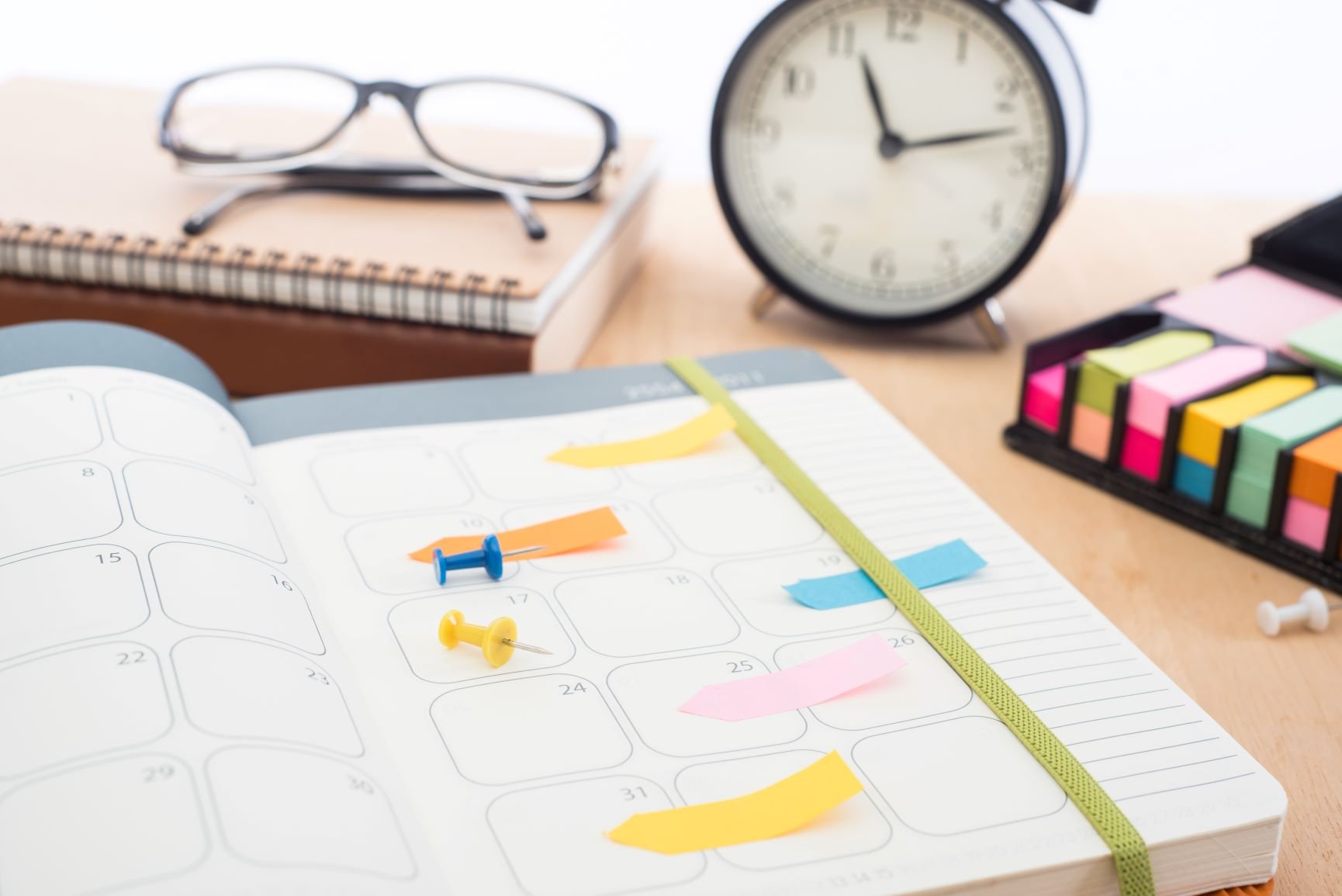
At a time when many people are working from home – and possibly will be for the foreseeable future – procrastination is becoming an ever-present issue. There are many reasons why we procrastinate when working away from an office.
For many, being at home is very distracting. We’re used to having the separation between work – which we associate with achieving work tasks – and home, where we cook, clean, do ‘life admin’ and relax. Without colleagues on the same physical site nor the buzz of business going on around us, the motivation and momentum for productivity is somewhat lost. What’s more, work may be taking longer than usual due to logistical barriers and difficulties in collaborating.
Relying on ourselves to find motivation, feelings of uncertainty about when and if we’ll be returning to an office environment – plus disconnection from colleagues – all lead to procrastination. Yet it is possible to reclaim some control over working from home days. Here’s how.
‘Go’ to work
Starting your day right sets the tone for how productive you’ll be. Keeping to your usual morning routine is therefore crucial. Do whatever you’d usually do before work, or add in something extra that will make you feel good since you don’t have to commute, such as exercising. Have a shower and breakfast, then get dressed in your work clothes rather than staying in your pyjamas all day. Once it’s time to start your working day, go to your work area – a place where you just have your work things, even if it’s just the corner of the kitchen table. Keep the television off and other distractions to a minimum. Also try to eat as you would if you were at work, ensuring you incorporate plenty of brain-boosting fruit and veg into your day.
Work-only digital time
When there’s no-one around to see if you’re working or not, you can be lured by the internet instead of working. During work time, stay off social media (unless it’s part of your job!) and stay away from your personal emails and any websites that don’t relate to your work. Keeping in contact with your colleagues via project software and video conferencing can also help motivate you to work, and provides a little interaction too.

Stick to a daytime routine
Just as it’s important to have a pre-work routine to help combat procrastination, it’s also vital to have a daytime schedule that incorporates breaks. If you were physically at work, you would be encouraged to take proper lunch breaks or take part in tea rounds, so introduce the same concepts into your working from home days too. Put break times in your calendar if it helps, and ask a colleague to join you for a virtual cup of tea every now and again. These breaks will give structure to your day and focus the mind when it’s time to work.

Allocate time to tasks
Feelings of productivity and achievement mean procrastination is less likely to be an issue, so it’s important to do all you can to accomplish work on a daily basis. Lists help some people, as you can tick things off as you go along. Allocating a time slot for each piece of work and adding it into your calendar is a visual way to plan your day, providing goals of what you will accomplish too. Diarising everything will also help you separate work time from being ‘off duty’.

Find new environments
Bring a little diversity into your week to keep your mind fresh. Spending a morning or afternoon in a different part of your home will help with this. Also look for local venues that are setting up hubs for homeworkers so you can physically go somewhere to work every once in a while. This is ideal for finding a distraction-free environment where you’ll also get a little buzz with a few other people around. These hubs also bring the benefit of having food available – freeing you up from preparing lunch every day – as well as outdoor space to go for a refreshing walk.

Establishing positivity-boosting routines, maintaining communication and proactively maintaining productivity can all help to keep procrastination at bay!





